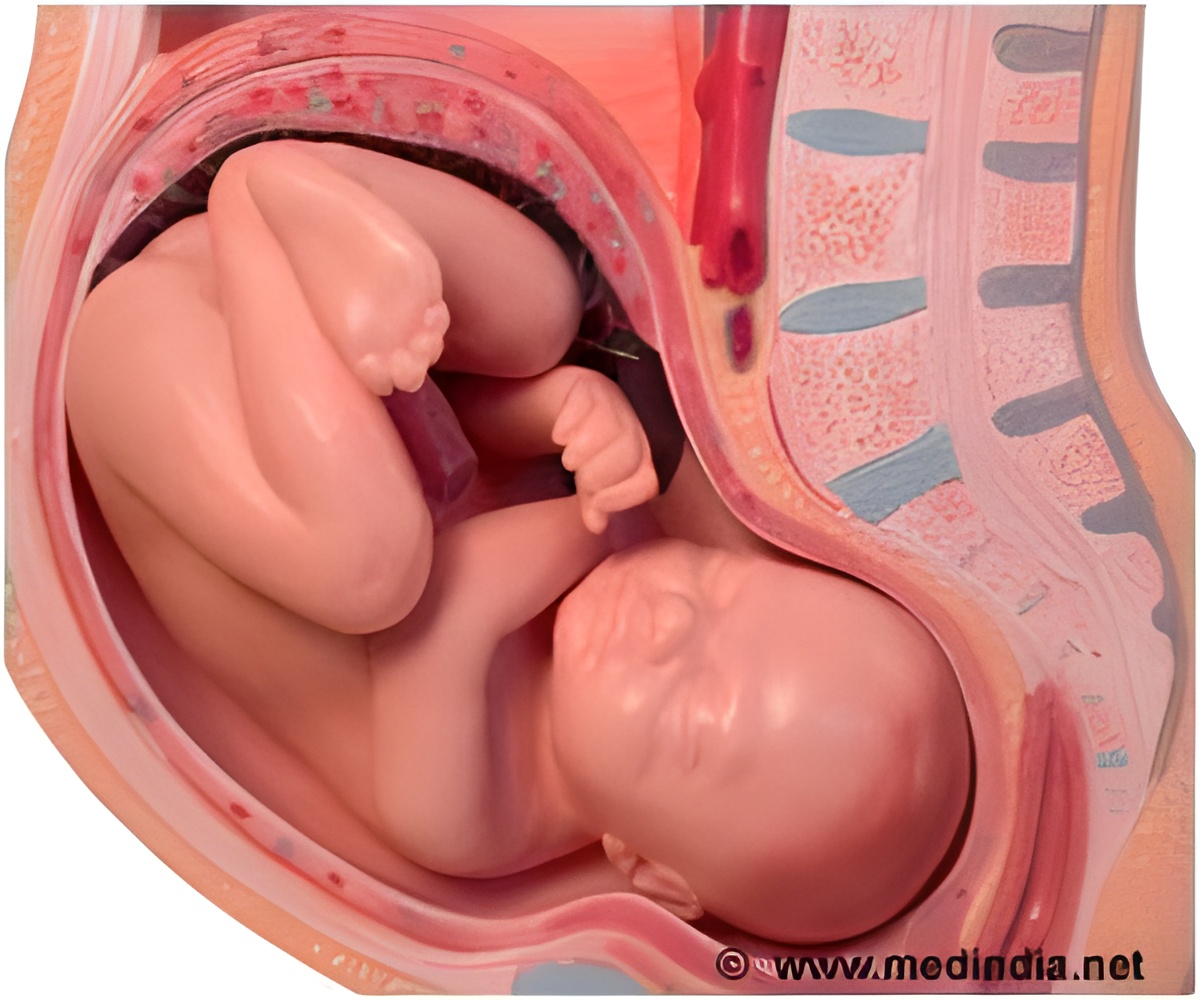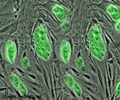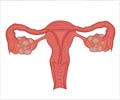Understanding the molecular control of placenta(the organ which enables fetal growth) formation is critical in diagnosing and treating related pregnancy complications.

The earliest steps of placenta formation involve the development of the labyrinthine layer, which comprises a convoluted epithelium that sits between the maternal and fetal blood vessels, facilitating the exchange of nutrients, gases, and wastes between the mother and fetus. Normal development of the labyrinthine layer involves the folding of a flat sheet of trophoblast cells (originally the outer layer of the very primitive embryo) into finger-like projections called villi, which go on to branch out, under developmentally controlled signaling, into a cavity where maternal blood circulates.
Previous studies have identified a transcription factor, Gcm1, that plays a key role in this process, and in the formation of a functional labyrinthine layer. However, the signals that trigger and maintain the initial Gcm1 pattern have to date been unresolved.
In the new research, groups led by Drs. Haibin Wang and James C. Cross found that the deletion of a Wnt receptor, Frizzled5, led to placental defects in mice that were similar to the defects observed when they were devoid of Gcm1. Wanting to identify the consequences of these defects on labyrinthine development, the research groups found that a positive feedback loop operates between Gcm1 and Fzd5 that is essential for the normal folding and branching actions of the trophoblast sheet. Specifically, they showed that Gcm1 upregulates Fzd5 at branching sites, and in turn this elevated Fzd5 expression maintains the Gcm1 expression.
The researchers also found that the Fzd5-Gcm1 mediated signaling triggers the breaking of cell junctions between the trophoblast cells—a step that is known to be pivotal for initiating this 'branching' process. In addition, they found that Fzd5-mediated signaling upregulated the expression of a certain growth factor known to stimulate blood vessel growth, therefore potentially attracting fetal vessel invasion of the branching villi.
Finally, and with implications for human disease, the researchers demonstrated that this Gcm1-Fzd5 mediated signaling cascade also occurs in human trophoblast cells that are undergoing this same differentiation process in the laboratory.
Source-Eurekalert
 MEDINDIA
MEDINDIA



 Email
Email







